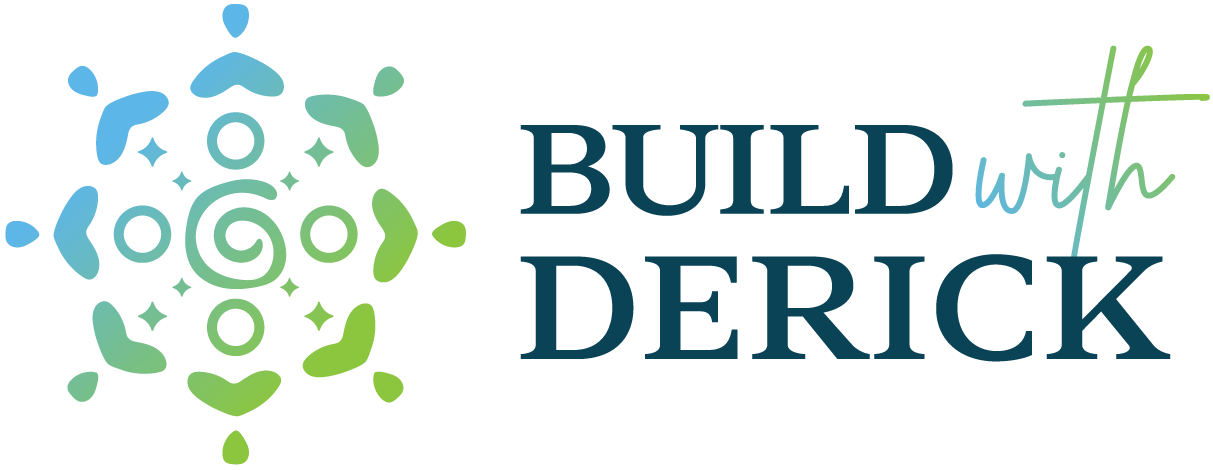The DNA of Organizational Transformation: Structure, Relationships & Shared Purpose
In my role as an organizational well-being officer at IBSS Corporation, I was given a very unique opportunity. I considered myself to be part-scientist, part-community builder and part-alchemist. I was able to bring my personal and felt understanding of well-being and investigate the work environment to see what was missing and create experiments to address the gaps.
With great interest and enthusiasm, I explored all facets of employee well-being. I was busy building, reverse engineering and validating those conditions and components that were needed for well-being to thrive.
I started out by asking myself a lot of questions.
When I came aboard, I was excited and curious to learn how an organization would look and function that put the well-being first of its employees, customers, suppliers, community, and even the earth. I asked myself lots of questions at the outset. So many things to learn!
How would people feel going to work? How would that impact customer relationship and loyalty?
What would that mean to suppliers that work with the organization and would they begin to absorb some of that well-being into how they operate?
How would the organization be viewed by local and other communities? Would they consider the organization part of the community or just another name on a building they see as they walk by?
During the first two years of my 3-year tenure, I investigated and experimented constantly. At the end of that window, I finally began to uncover the key fundamentals an organization needs to support the well-being of its employees. Then the pandemic hit. I don’t know if it was all the medical talk about vaccines and DNA or that I just had more alone time than usual to contemplate and reflect on organizational well-being and transformation, but about six months later I had an aha moment of inspiration, insight and comprehension! I was finally able to synthesize what I had discovered on the job and present it in a very simple and easily shareable framework. My explanation came down to genetics—specifically, the DNA of an organization.
A tale of two strands is found in DNA’s double helix structure.
Shared purpose is the golden thread that binds structure and relationships together.
In a nutshell, the biological term “double helix” describes the instantly recognizable structure of DNA. Often visualized as a twisted ladder or spiral staircase, the double helix consists of two strands of DNA wound around one another. Each of these two strands holds different information that, when combined, form the language of the genetic code.
In applying the double helix analogy to an organization’s structure, I began from the position that these two spiral DNA strands—one representing structure and the other connection and relationships—form the building blocks for deep change and transformation.
Structure: The strand I refer to as structure is the backbone of an organization. It consists of all the operating procedures and workflows that are used to create internal change such as policies, processes, strategies, org charts, IT systems, etc. These are often used as levers to spark organization transformation because they are typically measurable, tangible, and easy to see.
Connection and relationships: The second strand, I call connection and relationships. This strand encompasses the individual work relationships an employee has with the dozens of other employees they connect with on a regular basis and the quality of those connections. Unlike structural elements, connection is not something that is easily seen or measured, but it can be felt. It’s very similar to when a good facilitator can feel the group or a speaker, or a performer can feel the crowd.
Finding the missing piece beyond the double helix—shared purpose.
I started off sharing a double helix framework built around structure and relationships, but I soon realized there was a critical piece missing. The double helix’s twisted DNA strands are connected in the center by hydrogen bonding.
Shared purpose: Like the hydrogen bonding that connects the strands of the double helix, there is a golden thread that binds structure and relationships together. I call this third component shared purpose and from an organizational standpoint, this may be the most important.
The whole is something besides its parts.
Philosopher Aristotle famously said:
“…the totality is not, as it were, a mere heap, but the whole is something besides the parts…”
Aristotle’s Metaphysics, Book VIII
When the raw materials of structure, relationships and shared purpose bond together in harmony they transmute into something very different, something far greater. This new state or way of functioning is experienced as emergence or flow.
If you’ve been involved in future of work trends, personal development/transformation, or even community building, the concepts of structure, relationships and shared purpose may not sound new to you. However, what may be unfamiliar is that each of these components are fundamental building blocks and all must be present and work together to bring about harmony and effective organizational change.
This powerful trio forms the DNA of Transformation.
I call this the DNA of Transformation as it provides the unique genetic code that each group or organization needs to become a place of well-being, connection, care, compassion, empathy and love, while fulfilling its purpose. When organizations change at a DNA level the transformation becomes so deep that going back to the old way of operating is just not possible. It’s like a butterfly trying to get back into its cocoon to become a caterpillar again – it doesn’t happen!
In alignment with Aristotle’s quote, the DNA of Transformation can change a space or organization into different states. However, just because we understand the mechanics of it doesn’t mean we have the right key to unlock the genetic code for well-being. Another key can transform it into something else.
The DNA Transformational Model works on all levels.
In my experience, this DNA Transformational Model can work at the people, team, organization, and system levels. Get in touch to discuss how your organization or group could benefit from this model.
To connect with my upcoming Learning Circles or read more insights, tips and in-depth sharing on topics like well-being, future of work trends, community building, self-organization and more, please join my mailing list below.
Wishing you a happy, purposeful and healthy new year!




